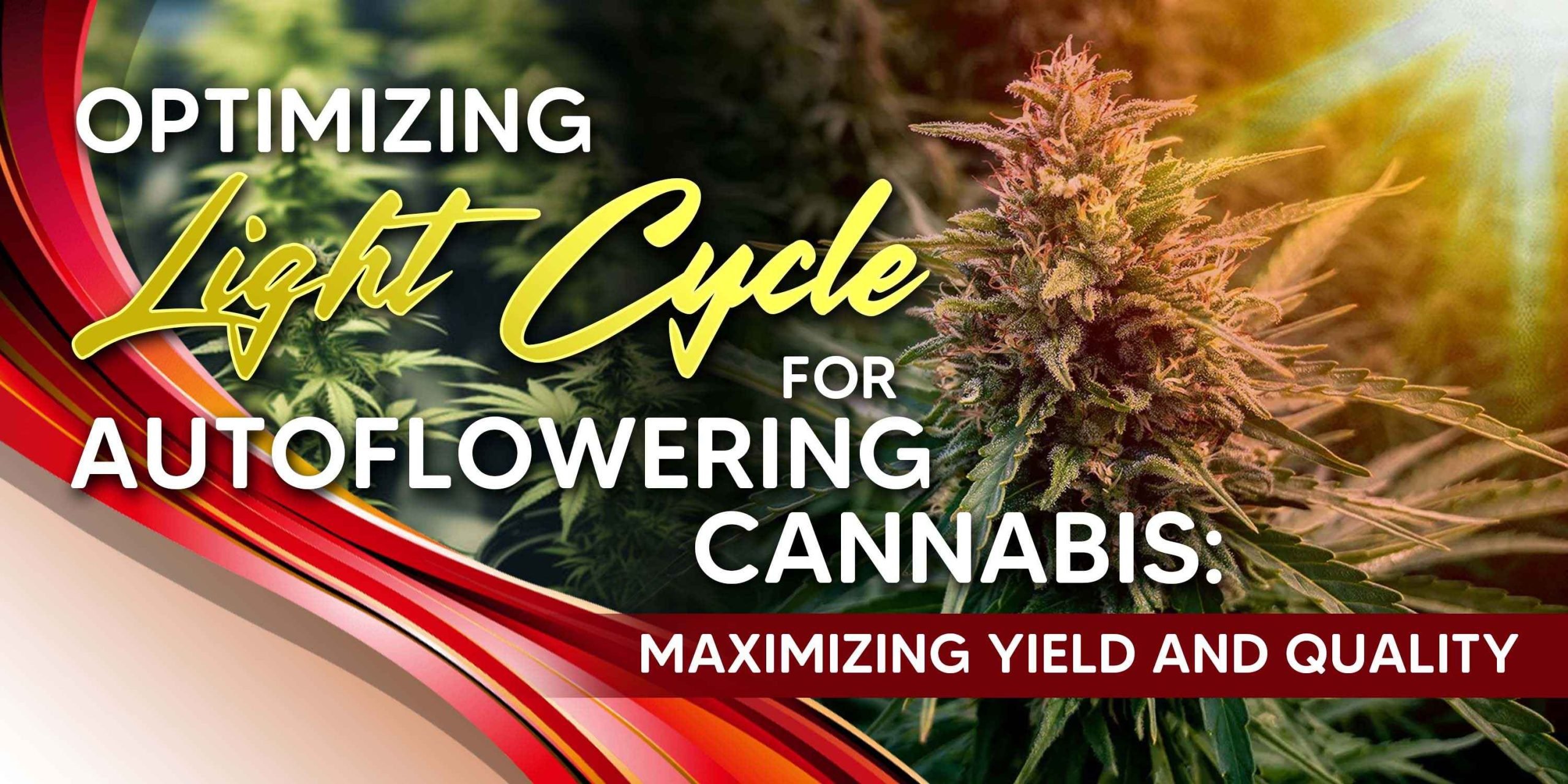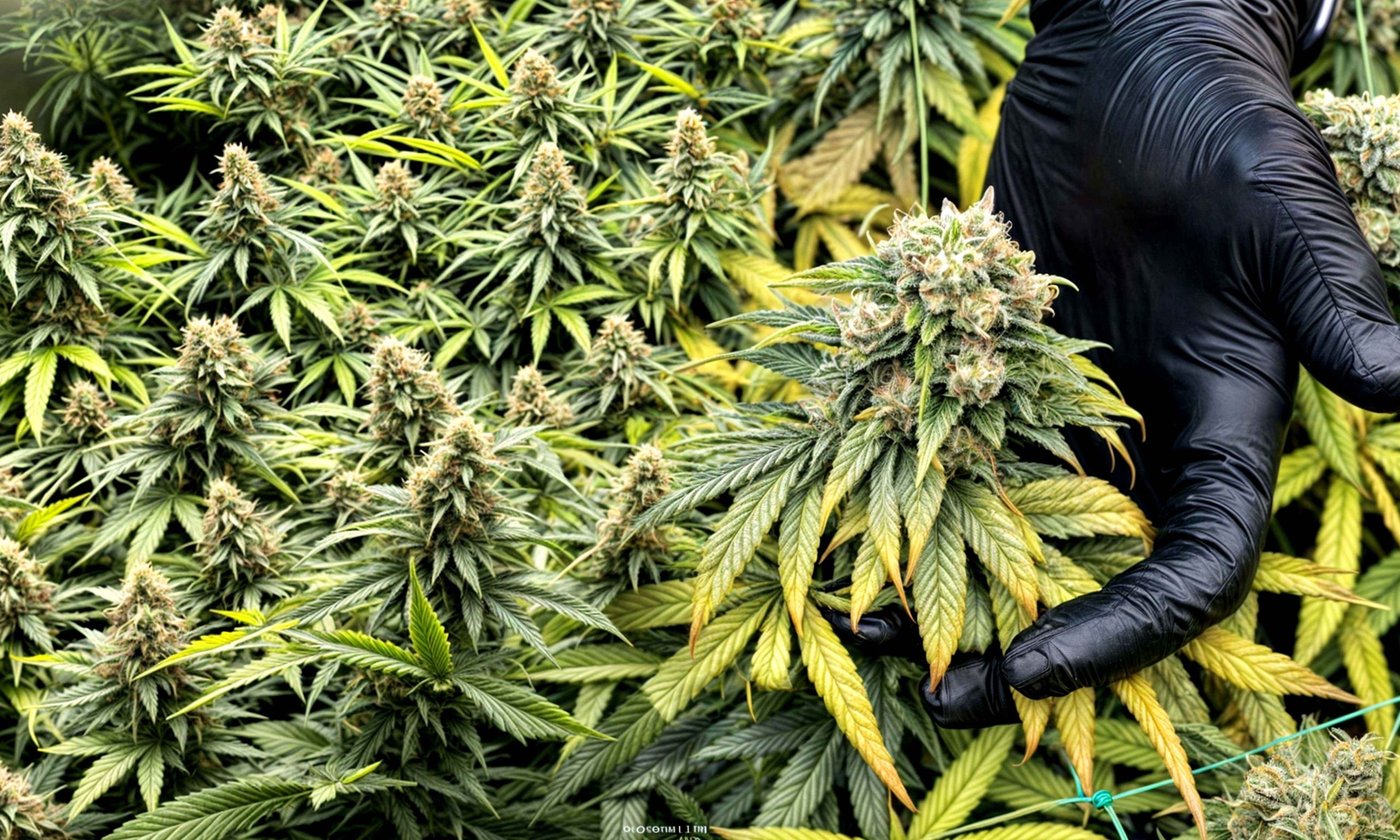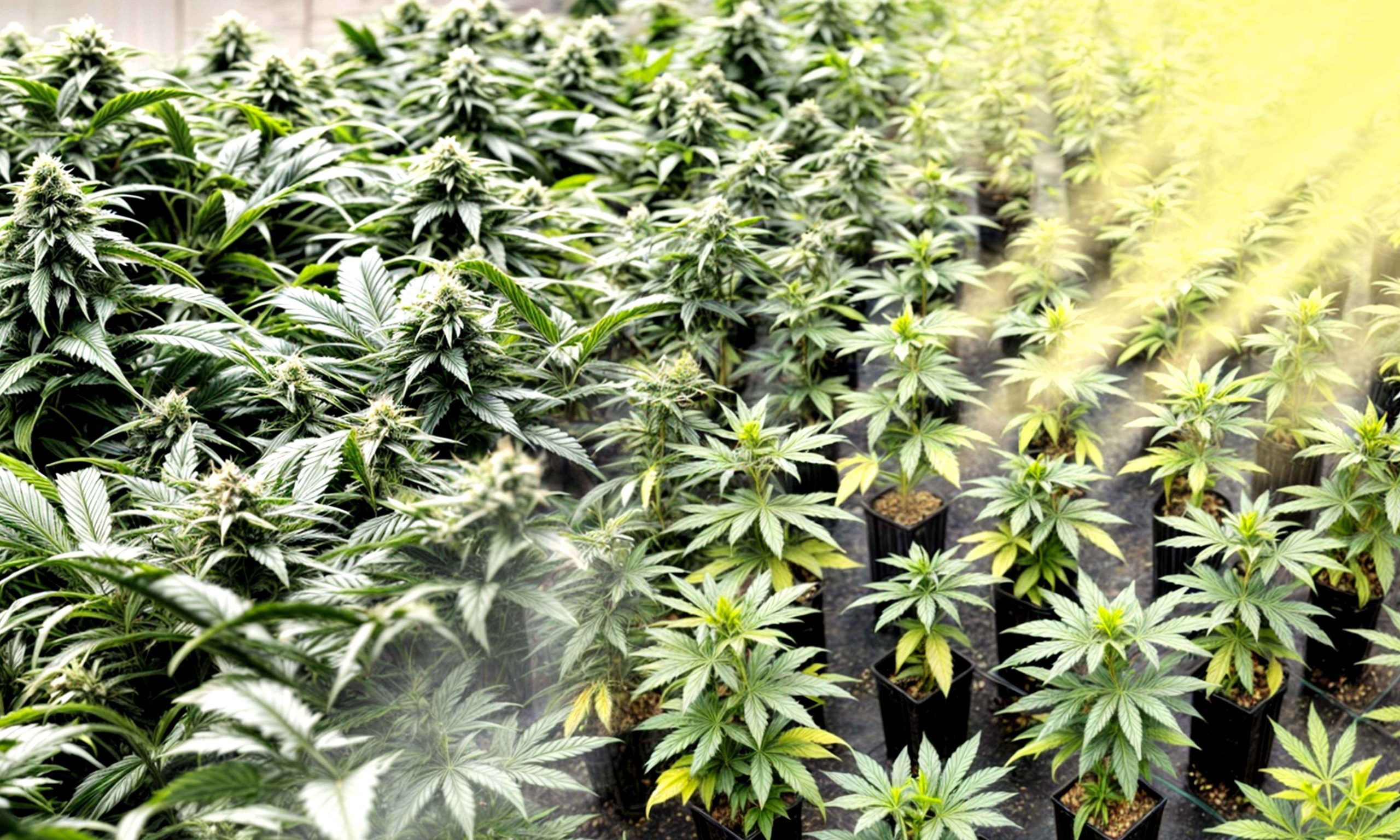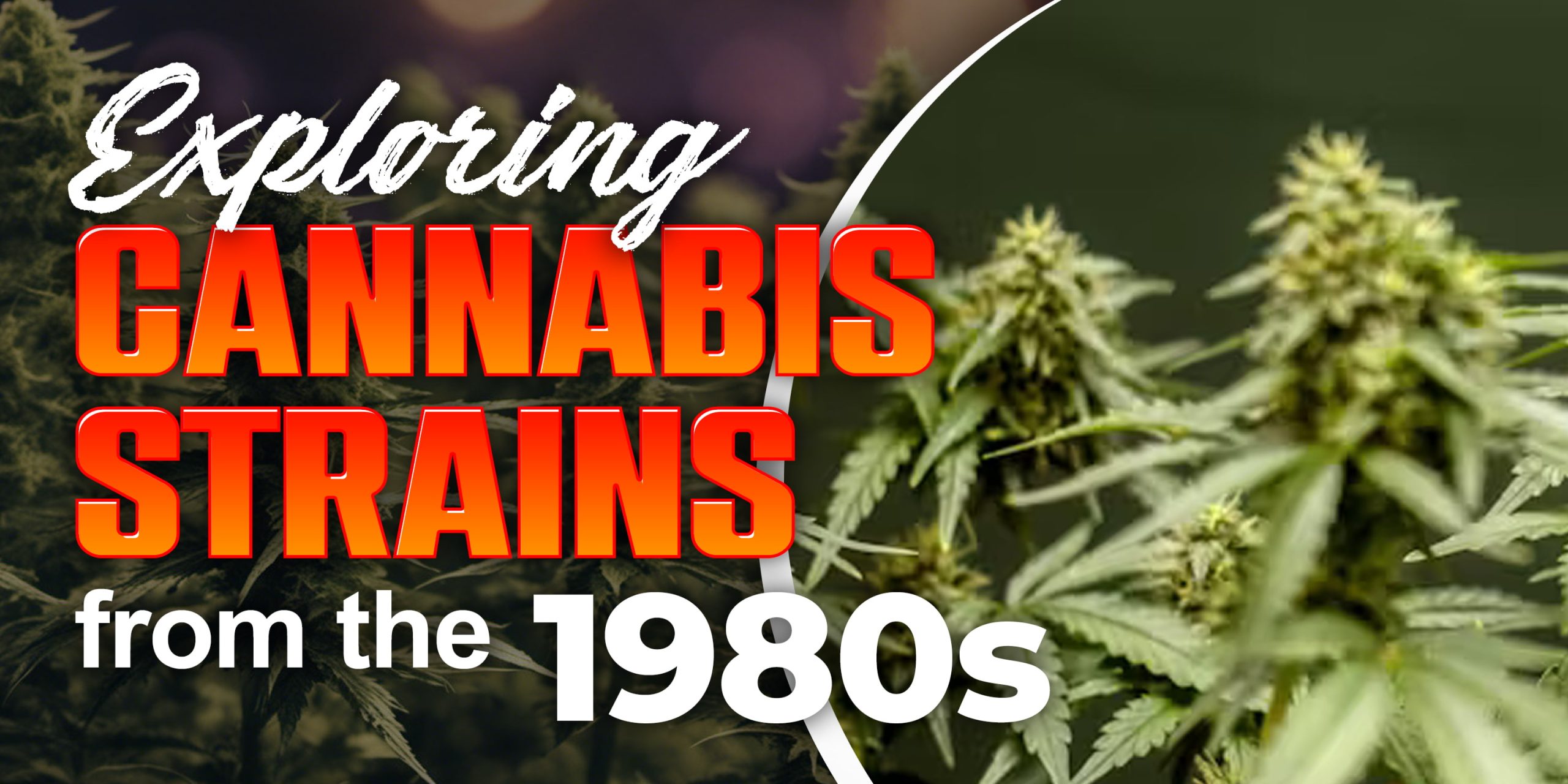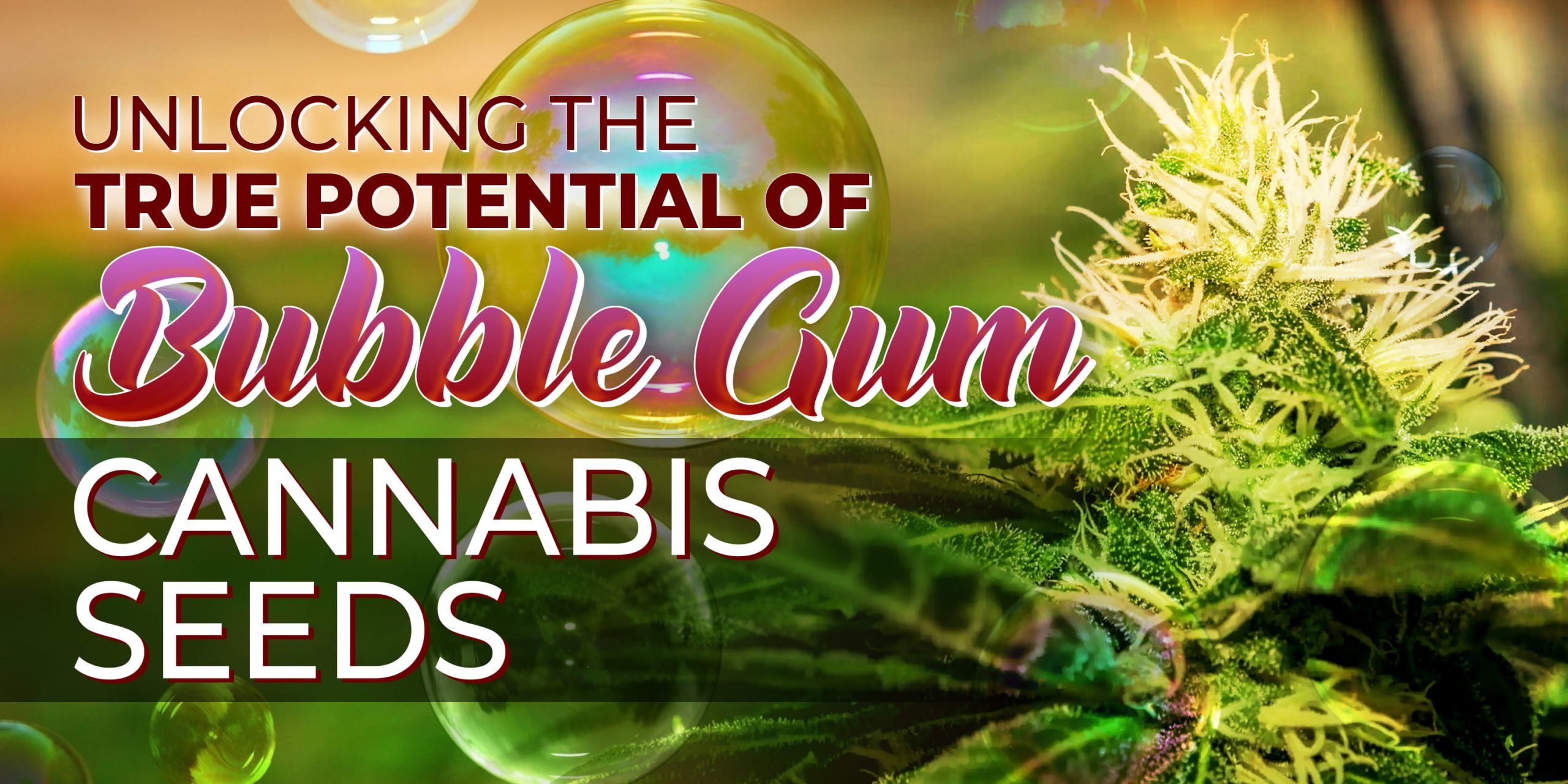Autoflowering marijuana plants have changed the way people grow weed, giving farmers a simpler and more convenient way to get top-notch buds. Knowing how to get the lighting just right for these plants is super important if you want to get the most weed for your effort. So, in this helpful guide, we’re going to break down all the science behind autoflowering plants. We’ll talk about why changing the light cycle for autoflower might be a good idea or a bad one, and give you some simple tips to make sure your growing game is on point. So, get ready to dive into the world of autoflowers and learn how to grow like a pro!
Understanding Autoflowering Cannabis
Autoflowering cannabis strains are hybrids containing genetics from Cannabis ruderalis, a subspecies known for its autoflowering trait, along with indica or sativa varieties. This genetic makeup enables autoflowers to begin flowering automatically after a certain period, usually 2-4 weeks from germination. The rapid transition to flowering makes autoflowers ideal for growers seeking quicker harvests or dealing with limited space.
Autoflowers typically have a shorter vegetative stage compared to photoperiodic plants, during which they focus on foliage growth. Understanding this growth pattern allows growers to tailor their cultivation techniques to optimize yield and quality. Despite their resilience and adaptability, autoflowers still require proper care and environmental conditions to thrive.
Myth or Fact: Should You Change Light Cycle for Autoflowers?
The debate surrounding whether to adjust light cycles for autoflowering cannabis continues to divide opinions within the cultivation community. Advocates for maintaining a consistent light cycle argue that autoflowers are genetically programmed to flower regardless of light exposure, making adjustments unnecessary and potentially harmful. On the other hand, proponents of modifying light cycles assert that strategic changes can optimize plant growth, increase yield, and improve overall quality.
Pros of Adjusting Light Cycles for Autoflowers
Enhanced Growth Rate
Adjusting the autoflower light schedule during the vegetative stage to provide an extended period of light can stimulate photosynthesis and promote vigorous vegetative growth. By increasing the amount of light available to the plants, growers may experience accelerated growth rates and larger overall plant size, ultimately leading to higher yields at harvest.
Increased Yield Potential
Some growers opt to manipulate light cycles during the flowering stage in an attempt to boost yield potential. By extending the hours of light or implementing supplemental lighting during the dark period, growers aim to maximize the plant’s photosynthetic capacity and prolong the flowering phase. This approach is believed to result in denser bud formation, increased resin production, and ultimately, a higher overall yield per plant.
Cons of Adjusting Light Cycles for Autoflowers
Risk of Stress
Autoflowering cannabis plants are inherently resilient, but sudden changes in light cycles can induce stress and potentially harm plant health. Abrupt alterations to the light schedule for autoflowers may disrupt the plant’s internal clock, leading to hormonal imbalances, reduced growth rates, or even the development of hermaphroditic traits. Careful consideration and gradual adjustments are essential to minimize stress and ensure optimal plant performance.
Disruption of Natural Rhythms
Some growers advocate for allowing autoflowers to follow their natural growth patterns without interference. They argue that manipulating light cycles can disrupt the plant’s internal rhythms and lead to inconsistencies in development. By allowing autoflowers to flower under their preferred conditions, growers may achieve more predictable results and a higher level of genetic expression, resulting in superior terpene profiles and cannabinoid concentrations.
Best Practices for Optimizing Light Cycle
While the debate over adjusting autoflower light cycle rages on, growers can benefit from implementing best practices to optimize cultivation techniques:
- Vegetative Stage: During the vegetative stage, maintain a consistent light cycle of 18-24 hours of light per day to encourage robust vegetative growth and establish a strong foundation for flowering.
- Flowering Stage: When transitioning to the flowering stage, some growers choose to maintain the initial light cycle to minimize stress and allow the plants to continue their natural progression. Alternatively, others opt for a 12/12 light cycle for autoflower to induce flowering, mimicking the conditions experienced by photoperiodic strains.
- Gradual Adjustments: If you decide to modify the light cycle, do so gradually over several days to allow the plants to acclimate and minimize the risk of stress. Monitor plant response closely and adjust as needed to ensure optimal growth and development.
- Monitor Plant Response: Pay close attention to how your autoflowers respond to changes in light cycles, as this will provide valuable insights into their individual needs and preferences. Adjustments may be necessary based on environmental factors, genetic characteristics, and overall plant health.
Optimizing Light Intensity and Spectrum
In addition to adjusting the light cycle, optimizing light intensity and spectrum can further enhance the growth and quality of autoflowering cannabis plants. Here are some key factors to consider:
Light Intensity
Ensure adequate light intensity throughout the entire grow space by positioning the light source strategically and utilizing reflective surfaces to maximize light distribution. Measure light intensity using a lux meter and adjust the height of the light source accordingly to maintain optimal levels for photosynthesis. Providing consistent and uniform light intensity ensures that all parts of the plant receive sufficient light for healthy growth and development.
Light Spectrum
Choose to grow lights with a balanced spectrum that includes both blue (cool) and red (warm) wavelengths to support vegetative growth and flowering respectively. Full-spectrum LED grow lights offer a versatile lighting solution that provides the necessary wavelengths for all stages of plant growth, from seedling to harvest. Different wavelengths of light trigger specific physiological responses in plants, influencing factors such as leaf expansion, flowering initiation, and cannabinoid production.
Conclusion
The debate over whether to change autoflower light cycle continues among cannabis growers. While some advocate for manipulating light exposure to enhance growth and yield, others prefer to let autoflowers follow their natural growth patterns. The decision ultimately depends on individual preferences, growing conditions, and the specific needs of the plants. By understanding the unique characteristics of autoflowers and following best practices for light cycle optimization, growers can maximize their harvest and produce high-quality cannabis crops.





